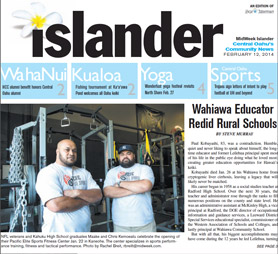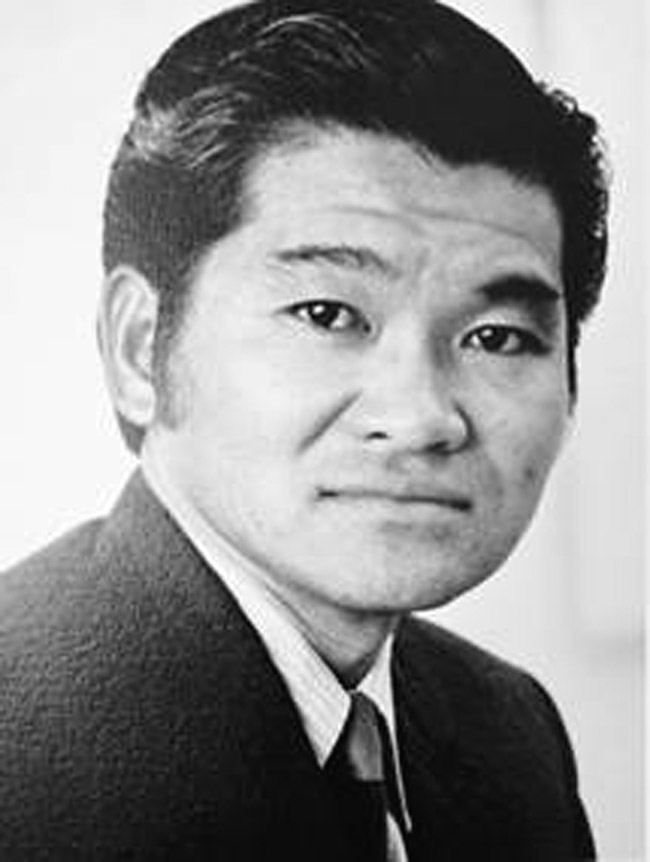Wahiawa Educator Redid Rural Schools
Paul Kobayashi, 83, was a contradiction. Humble, quiet and never liking to speak about himself, the long-time educator and former Leilehua principal spent most of his life in the public eye doing what he loved most: creating greater education opportunities for Hawaii’s keiki.
Kobayashi died Jan. 26 at his Wahiawa home from cryptogenic liver cirrhosis, leaving a legacy that will likely never be matched.
His career began in 1958 as a social studies teacher at Radford High School. Over the next 30 years, the teacher and administrator rose through the ranks to fill numerous positions on the county and state level. He was an administrative assistant at McKinley High, a vice principal at Radford, the DOE director of occupational information and guidance services, a Leeward District Special Services educational specialist, commissioner of the Western Association of Schools and Colleges, and lastly principal at Wahiawa Community School.
But with all that, his biggest accomplishments may have come during the 12 years he led Leilehua, turning the rural high school into an agent of change for the entire area.
When Kobayashi arrived on campus, there was a large divide between the “city” schools and those that served rural students. He changed that.
He reorganized the school’s teaching schedule and created the Learning Option Time program, which gave teachers more time to prepare for classes and provided more opportunities for students. For the first time, students had extra time in the afternoon to seek help from teachers and take advantage of extracurricular activities.
“He was an innovator. He wasn’t afraid to try new ideas, new ways of learning,” said Hugh Yoshida, who worked under Kobayashi as head football coach.
“Being creative and creating the Learning Option Time for the kids and being innovative, and moving away from the traditional school day – I think those were the challenges that he wasn’t afraid to take on and provide different opportunities for people to learn in a different teaching environments.”
The most visible result of Kobayashi’s work was advancing athletics as an important part of high school education.
Just like the challenges facing rural schools on an educational level, athletics was seen as something less than ideal. Even the league’s name- Rural Oahu Interscholastic Association – suggested second-level status. So he changed that.
Kobayashi negotiated the first Prep Bowl contract in 1974 and merged the rural schools with then-ILH schools McKinley, Roosevelt, Farrington and Kalani to form the Oahu Inter-scholastic Association.
“At the time we were trying to establish ourselves on the same level as the city schools,” said Yoshida. “We dropped the ROIA in favor of the OIA so the stigma would not be there.
“We were always having to prove our worth when we played the city schools.”
Without the efforts of Kobayashi, who was a four-time president of the OIA, the league would not be as successful as it is today.
OIA would not be where it is without him.
“He set the bar very high,” added Yoshida, “and provided a whole lot of kids the opportunity to grow as individuals.”







